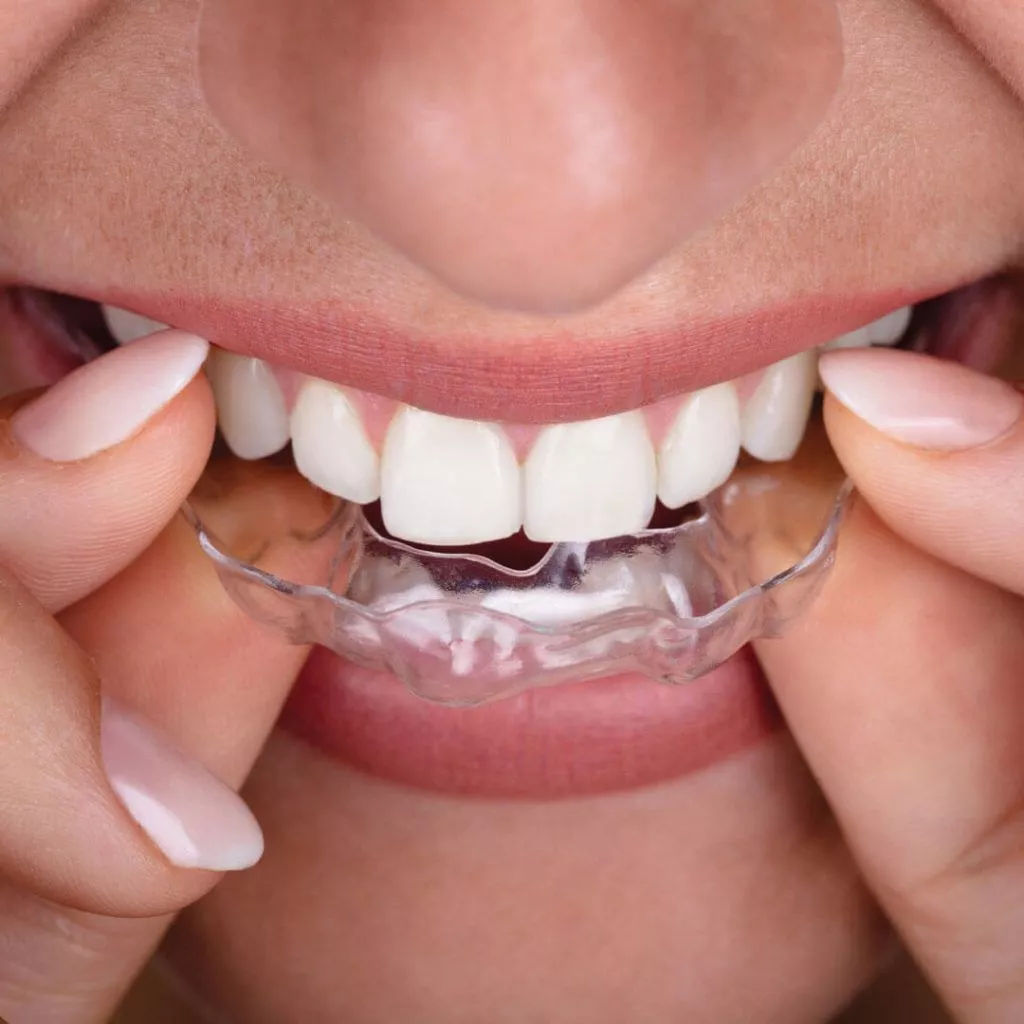Treatments
Dental Braces
What are Dental Braces?
Braces are dental appliances that are utilized to correct dental issues and improve overall oral health. Since their initial invention in the early 1800s, they have undergone significant advancements.
Straightening crooked or crowded teeth with braces can help you achieve a healthy, straight smile.
Although braces are commonly associated with teenagers, adults also frequently wear them. Thanks to advancements in materials, braces are now much more visually appealing and comfortable than they were in the past, leading to an increase in their popularity.
Throughout your treatment, your braces will work to align and straighten your teeth, resulting in a more normal bite.
Are Dental braces right for you?
Aside from improving the appearance of your teeth, braces offer several significant functional benefits.
Braces can effectively address various oral health problems, such as:
- Crowded and damaged teeth, which can be difficult to clean and may lead to future dental issues.
- Gaps between teeth caused by a larger jaw or missing teeth.
- Misaligned upper and lower jaws.
- Underbites and overbites.
If your child experiences symptoms such as a clicking jaw, teeth grinding or clenching, speech difficulties, or breathing through the mouth rather than the nose, it is advisable to seek the advice of a professional orthodontist.
Benefits of traditional metal Teeth braces
1. Affordable
Despite the availability of several types of teeth braces on the market today, metal braces remain one of the most cost-effective solutions. While they may not be as discreet as some other types of braces, they are still a great option for those seeking an affordable way to straighten their teeth. Furthermore, thanks to technological advancements, metal braces are now more comfortable than ever before.
2. Durable
Metal braces are a popular option for orthodontic treatment due to their strength and longevity. They are not only durable but also less likely to break or become stained compared to other types of braces. Additionally, their construction from metal makes them more resistant to heat and cold, making them more comfortable to wear in different climates.
3. Effective
There is no doubt that metal braces are highly effective in treating mild to severe cases of tooth misalignment. However, there are also other options available today. Technological advancements have made it possible to use braces to address a variety of dental issues, including overcrowding, gaps, and bite problems. While they may take some time to get used to, the results are undoubtedly a significant improvement.
4. Versatile
Advantage of metal braces is that they are suitable for both children and adults. According to Orthodontics Australia, over two-thirds (62%) of Australians would like to straighten their crooked teeth. This means that metal braces may be the ideal choice, whether you’re an adult looking to achieve a beautiful smile or a teenager who is experiencing dental issues.
Metal Braces Alternative
Invisalign or Clear Teeth Braces
Are you looking to straighten your teeth discreetly?
Invisalign is an almost invisible method of teeth straightening that can help you achieve a straighter smile discreetly.
Invisalign utilizes clear, removable aligners that are nearly invisible. During treatment, you can remove the aligners to eat and drink whatever you want, which is not possible with metal braces.
In addition, brushing and flossing your teeth with Invisalign is easy, and you can remove the aligners for special events. The greatest benefit of Invisalign is that no one will be able to tell that you are undergoing teeth straightening treatment.
Need To Know
Appointments
- While wearing braces, regular appointments are required every 6 to 8 weeks.
- During the initial consultation appointment, tests, x-rays, photographs, and maybe molds will all be taken.
- Your braces will be attached to the surfaces of your teeth at the following appointment.
- Every six to eight weeks after your braces are put on, the wires will be changed to ensure that your teeth are moving into the proper position.
- Your braces are taken off once they have served their purpose.
- Following the removal of your braces, you’ll probably still schedule regular sessions to monitor your development.
- If you experience issues with your braces, more appointments can be required.
How long it takes
The length of time that teeth braces are worn varies from person to person. Braces are typically worn for two years, but there are exceptions to this rule.
- Your situation and teeth will determine how long you need to wear braces.
- Typically, braces are worn for two years, however in certain circumstances they may last longer or shorter.
- Typically, the consultation appointment lasts for 60 minutes.
- The average wait time to get braces is about 60 minutes.
- The typical duration of the six to eight-week visits is 15 to 30 minutes.
- Your braces will often need to be removed for at least 60 minutes.
Before your appointment
- No extra planning is required.
After your appointment
- You will need to utilize the retainer or removable plate developed specifically for you after your braces are taken off.
- You must adhere to the home care instructions provided by the orthodontist specialist.
You may be asked about
- Your medical and dental histories
- Your dental hygiene routine
Quick tip
Follow the instructions for treatment that your orthodontist specialist has given. To avoid food getting trapped in your teeth braces, stay away from meals that are too dense or sticky.
FAQs
- Exams, x-rays, pictures, and maybe moulds will all be performed during the initial consultation appointment. Your braces will be attached to the surfaces of your teeth at the following appointment. Every six to eight weeks after your braces are put on, the wires will be changed to ensure that your teeth are moving into the proper position. Your braces are taken off once they have served their purpose.
- Following the removal of your braces, you’ll probably still schedule regular sessions to monitor your development.
- No particular preparation is required, but be ready to talk about your medical and dental history when you go to your initial session.
Related Blogs
No posts found!


